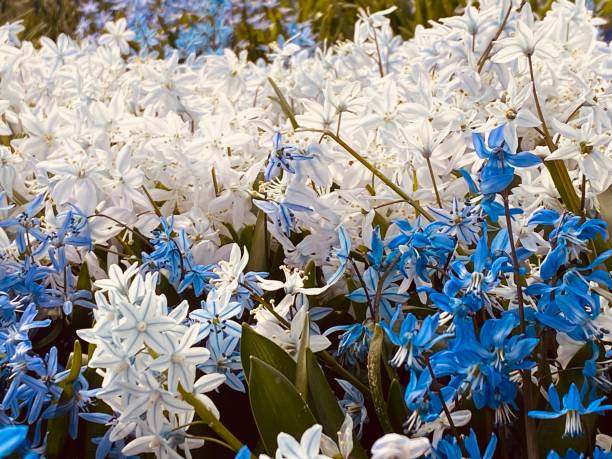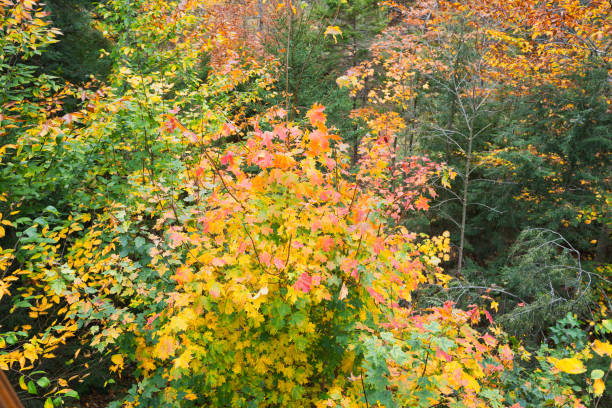Agapanthus or African Lilies are beautiful flowering plants that are used in gardens around the globe. Easy to grow and requiring little maintenance, they are great for adding color and texture
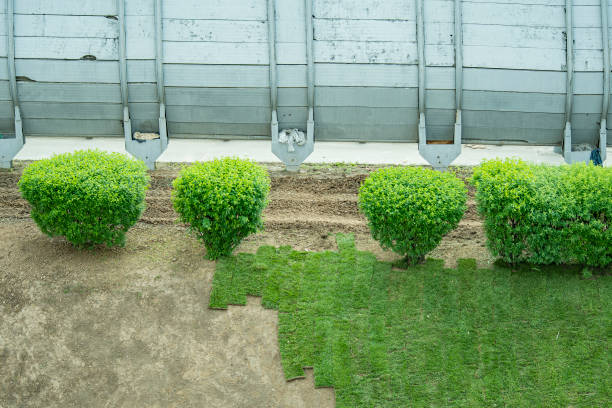
10 Low-Maintenance Outdoor Plants For Your Garden10 Low-Maintenance Outdoor Plants For Your Garden
You want to add greenery to the outdoor area of your home, but you don’t have time to maintain it. You’re in luck if you answered yes! You can grow a variety
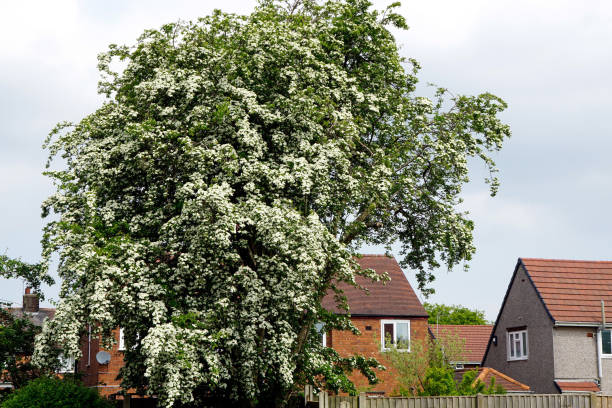
Myrtle Trees in the UK: A Complete Guide to Planting, Caring, and GrowingMyrtle Trees in the UK: A Complete Guide to Planting, Caring, and Growing
The evergreen myrtle tree is a beautiful shrub that will add elegance to any garden. The Mediterranean region is their native home, but they can also be grown in Britain. Myrtle
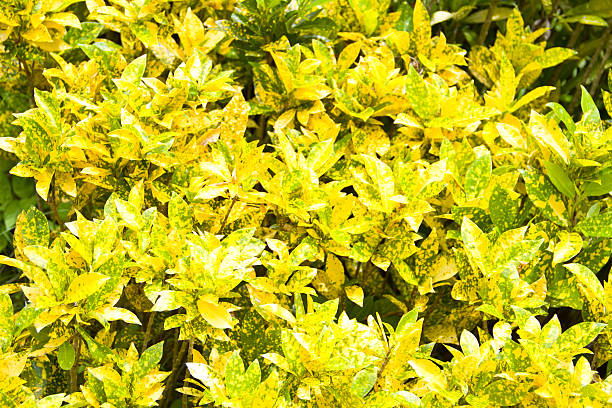
Mahonia Plants: A Comprehensive Guide to Growing and Caring for ThemMahonia Plants: A Comprehensive Guide to Growing and Caring for Them
Mahonia shrubs are known for their beautiful architectural shape, vibrant yellow flowers, and lush foliage. These plants, which are native to Asia and North America and have a year-round appeal, are
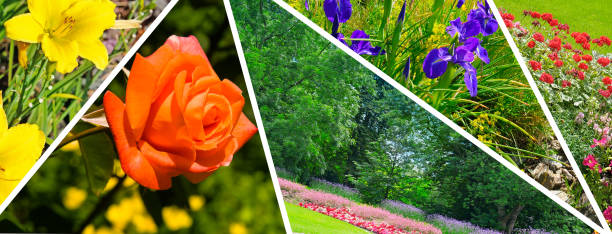
The Ultimate Guide to Flowering Garden Bushes: How to Choose, Plant, and Care for ThemThe Ultimate Guide to Flowering Garden Bushes: How to Choose, Plant, and Care for Them
Flowering Garden Bushes add color and texture to any outdoor space. They are low-maintenance and beautiful. It can be difficult to select the right bushes for your garden with so many choices. This
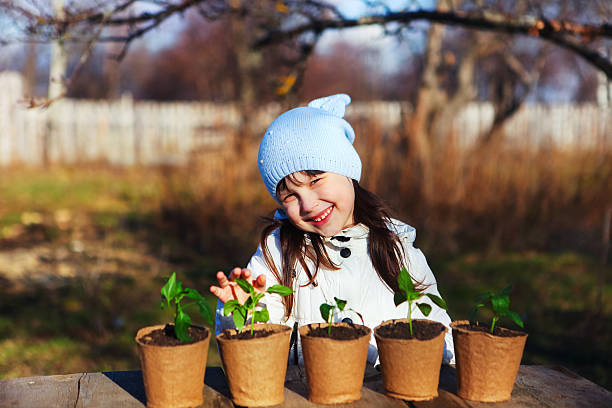
Go Planting: A Fun and Rewarding ActivityGo Planting: A Fun and Rewarding Activity
Looking for something fun to do over the weekend? Go planting! Planting is an excellent way to enjoy the outdoors, improve your environment, and get active. We’ll share some tips in this blog
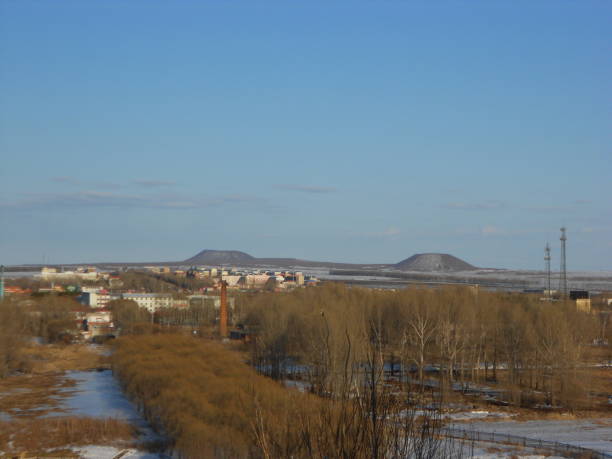
Stark, haunting images show Kazakhstan’s former nuclear testing groundStark, haunting images show Kazakhstan’s former nuclear testing ground
These photos are all nominated for the Sony World Photography Awards 2020. They show the vulnerability of humans and nature. Eddo Hartmann has been named a finalist for the Landscape

Gardeners in South Africa may hesitate to use greywaterGardeners in South Africa may hesitate to use greywater
South Africa, a country often challenged by water scarcity issues, presents a unique landscape for the adoption of sustainable water practices such as greywater usage. Greywater, defined as wastewater from

Garden cities are back in vogue, and that’s good for debate about where to build homesGarden cities are back in vogue, and that’s good for debate about where to build homes
In recent years, the concept of garden cities has experienced a resurgence in popularity, sparking debates about where to build homes. This revival is a promising development, offering a sustainable
